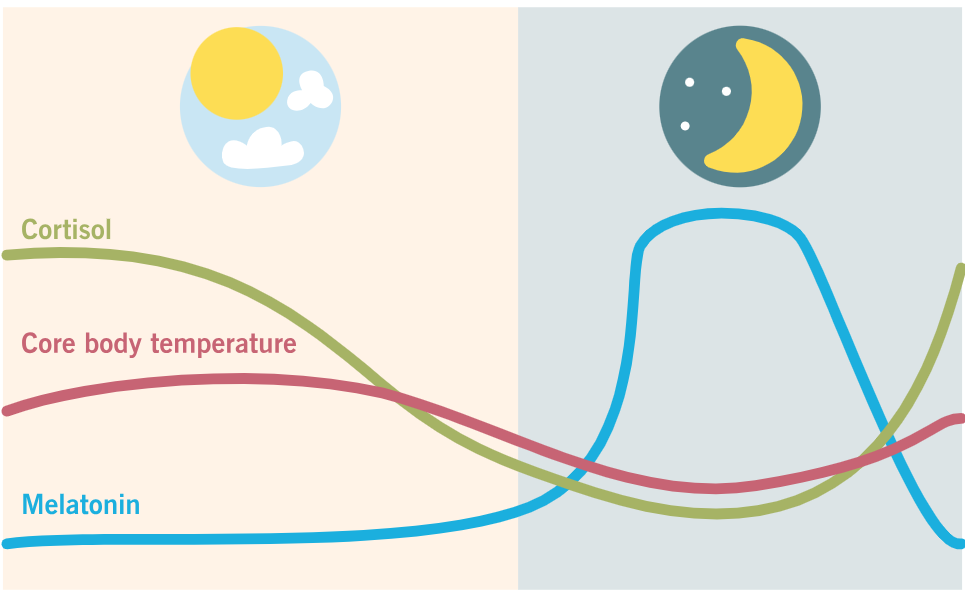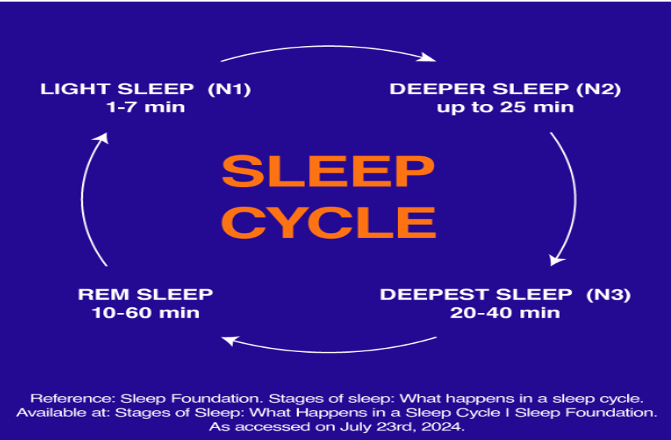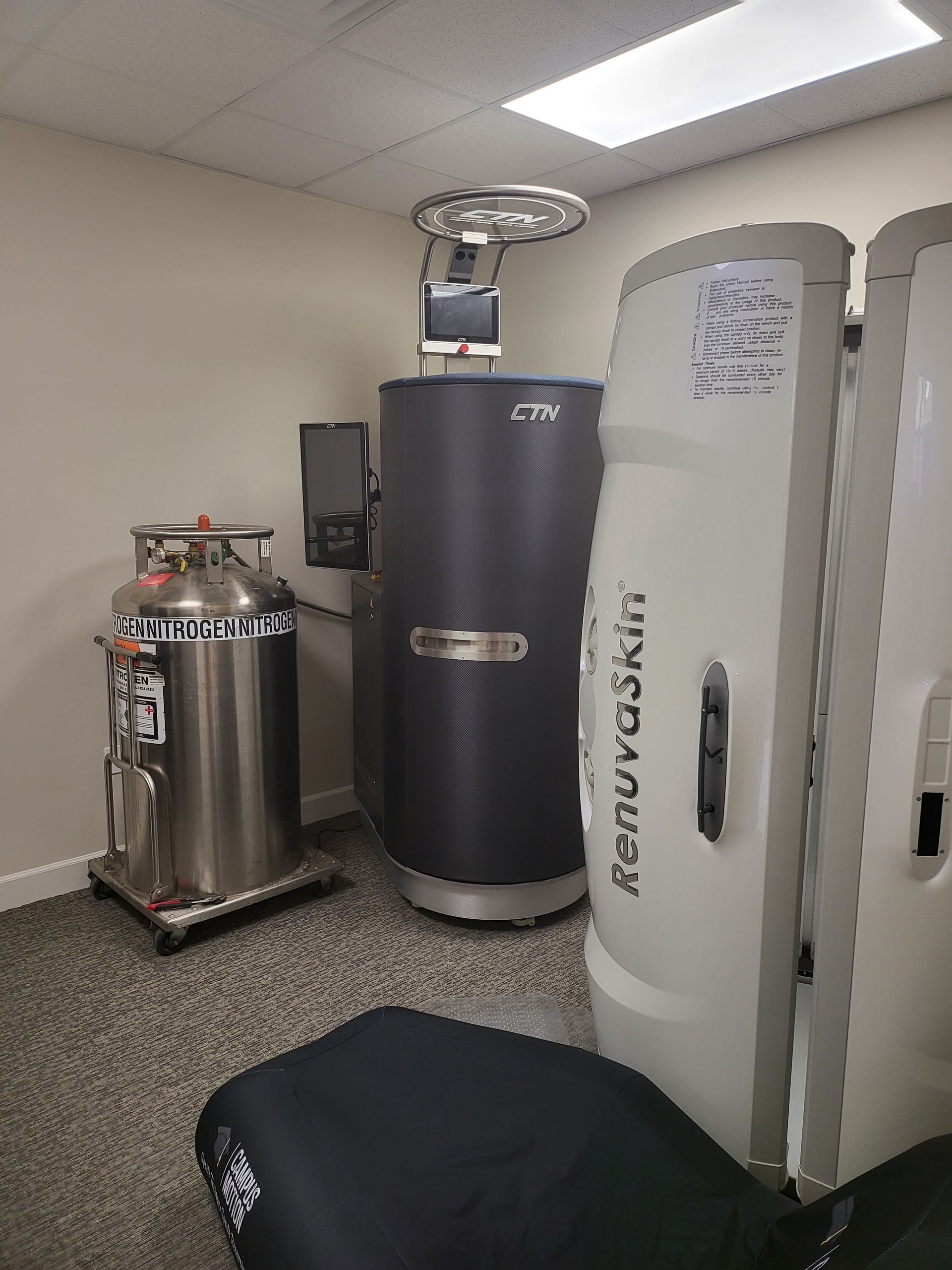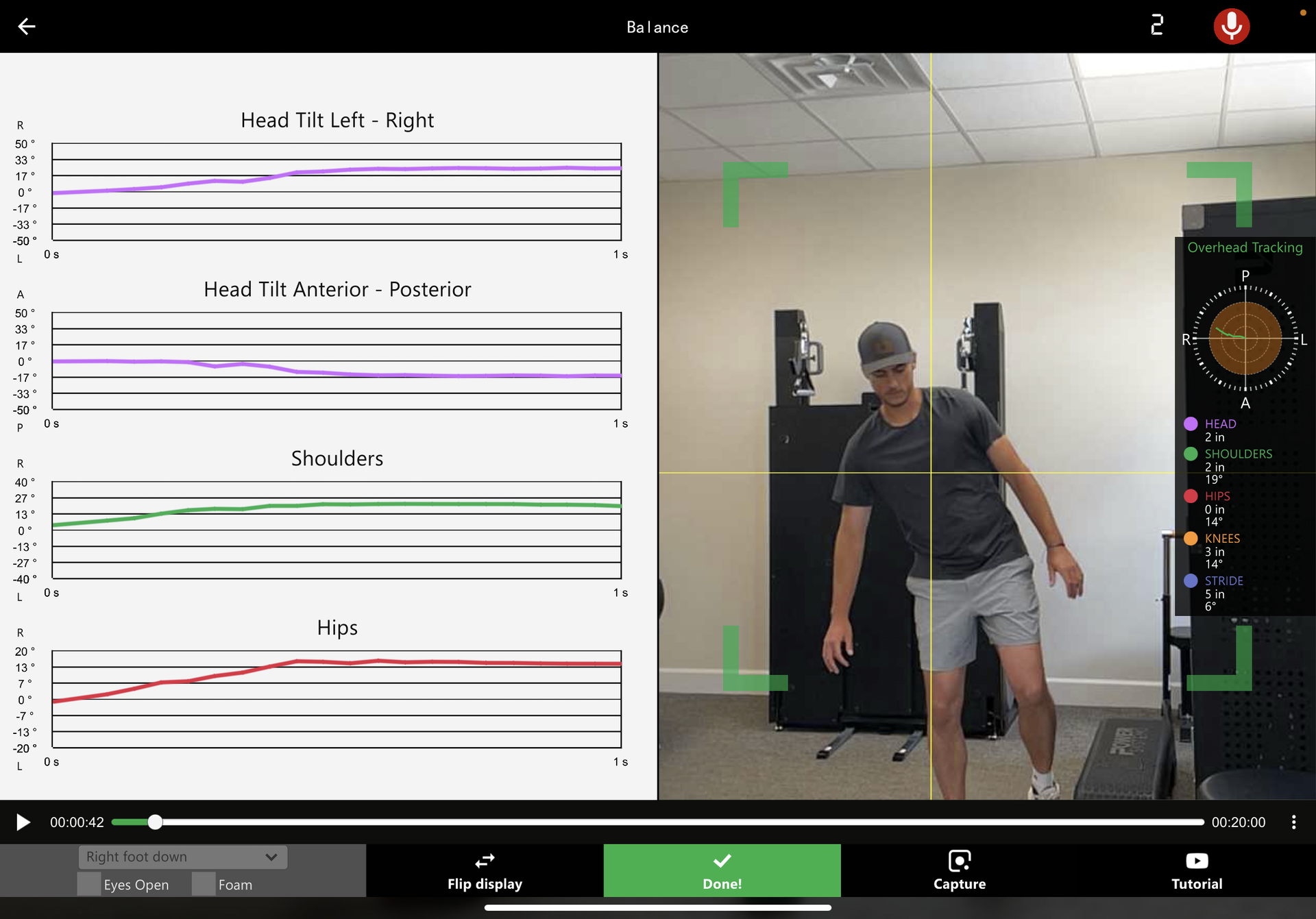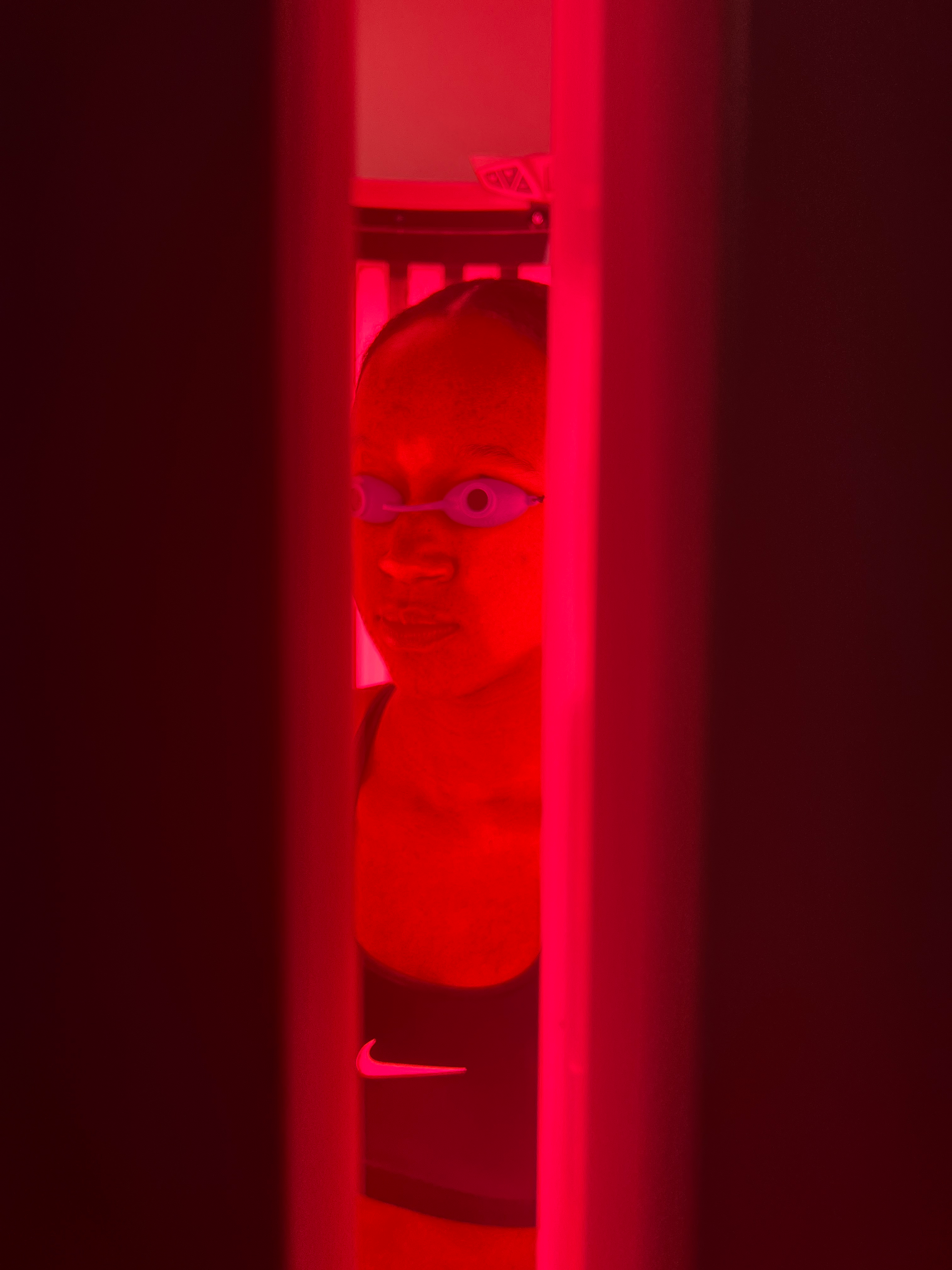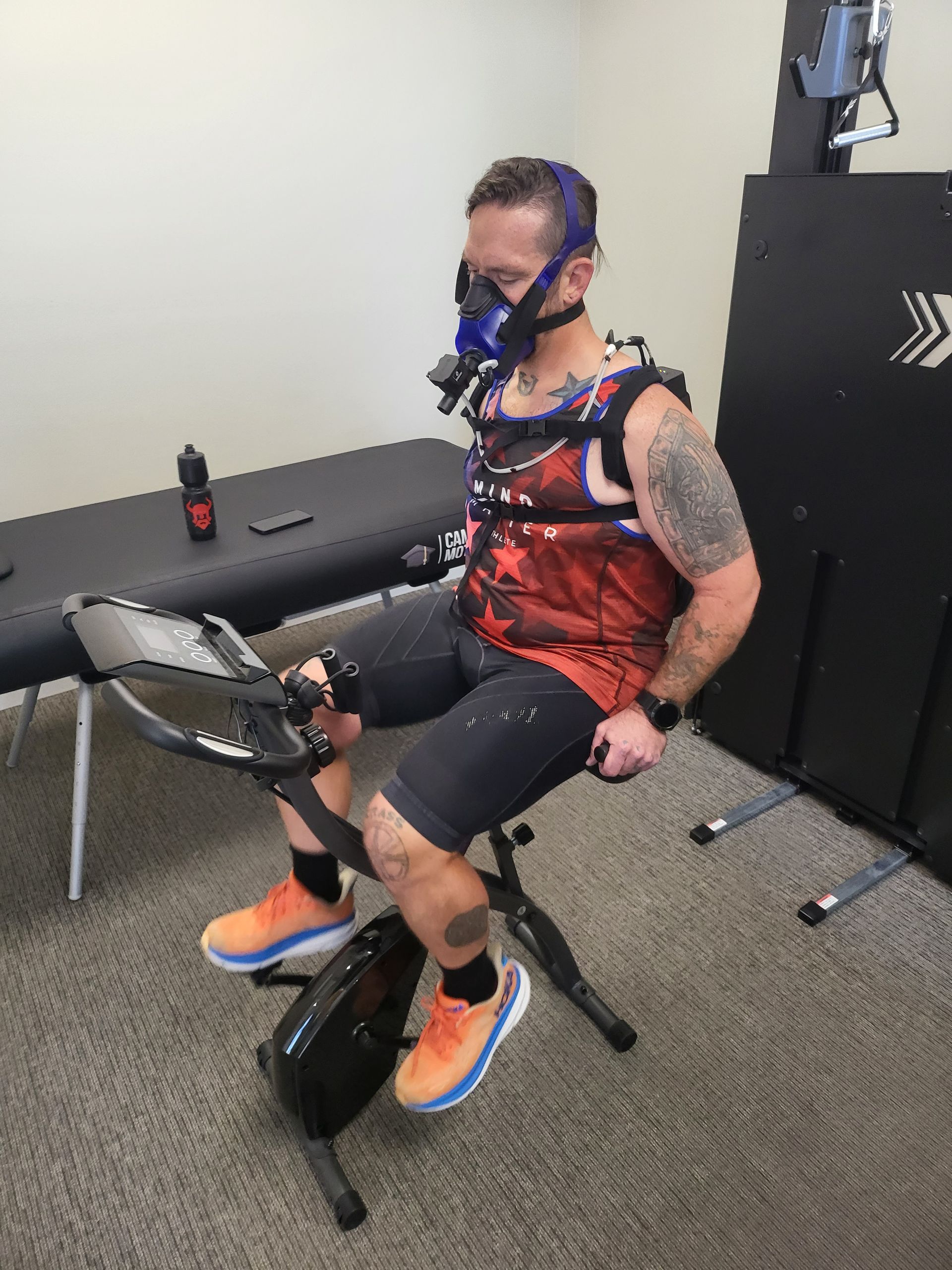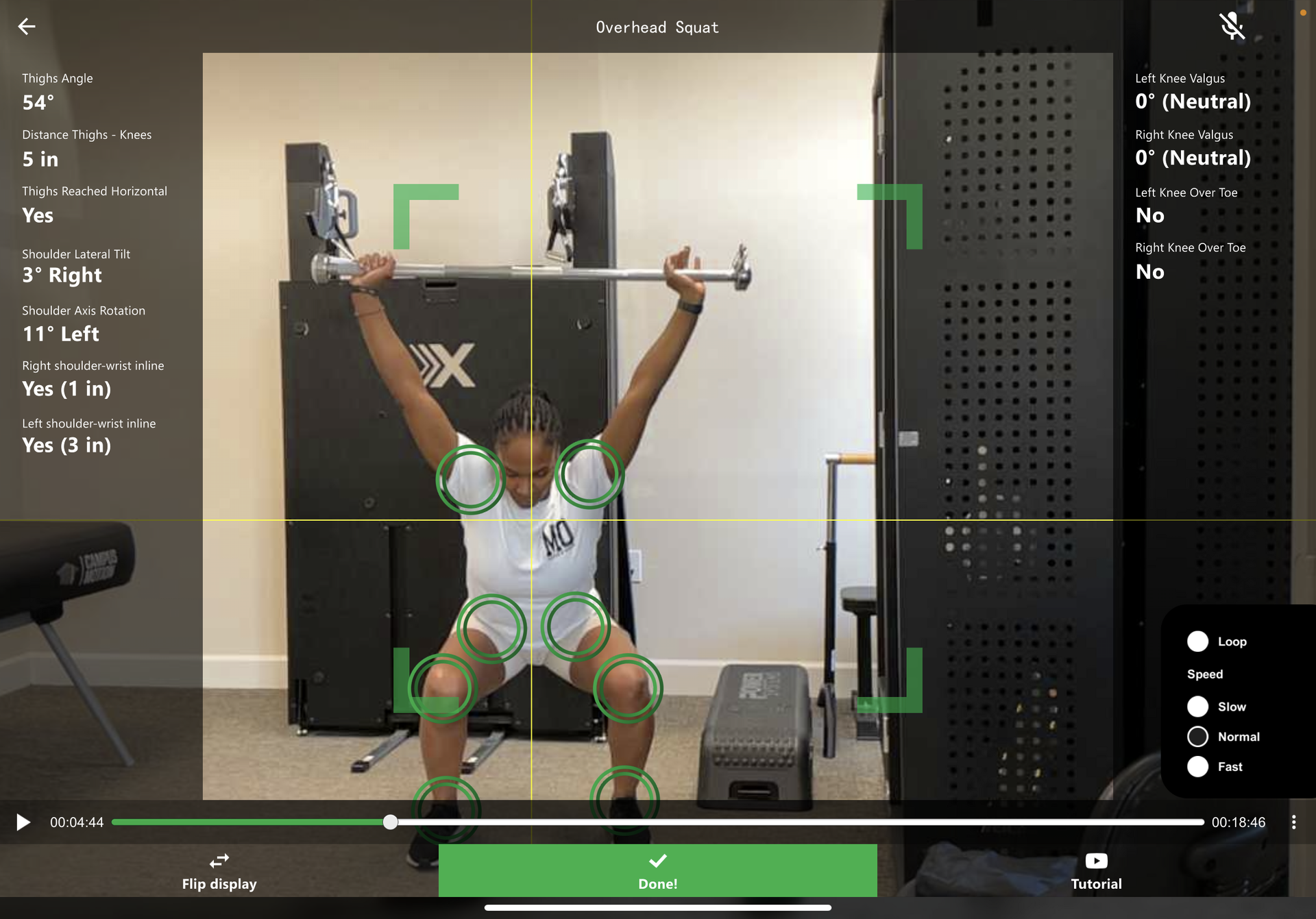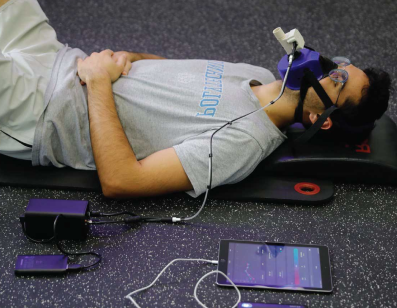The Effect of Cryotherapy for Recovery and Other Parameters of Human Health
The Effects of Cryotherapy on Recovery and Human Health Parameters
Are you in search of alternative options to assist with your health and wellness journey? Have you considered cryotherapy as an safe effective option for overall wellness? Read on to see why.
What is Cryotherapy?
Post-exercise cooling is a widely accepted recovery modality. It is believed to improve subjective (e.g., ratings of muscle soreness) and objective (e.g., measurements of muscle swelling, maximum voluntary contraction (MVC), and functional performance) recovery characteristics. This process, widely known as cryotherapy, is a therapeutic technique that involves exposing the body to extremely low temperatures for a short period of time. It is commonly employed in the field of sports, medicine, and physiotherapy and can be done in a variety of ways, including whole-body cryotherapy (WBC) and local cryotherapy
WBC involves exposing the entire body to very low temperatures, usually around -110℃ to -140℃ between two to three minutes. During this process, the subject enters a special chamber cooled by liquid nitrogen or refrigerated cold air. Finally, local cryotherapy can be done with a device that uses carbon dioxide and targets the same -110℃ to -140℃ temps useful to directly improve symptoms from sprains, strains, inflammation, and tendinitis in various areas of the body.
How Can Cryotherapy Help Me?
Cryotherapy is widely used to relieve symptoms of various diseases, including inflammation, pain, muscle spasms, swelling, injuries, and overuse symptoms. The idea behind cryotherapy is that cold temperatures work by triggering a physiological response in the body. Specifically, it is believed to activate the body’s natural healing mechanisms and stimulate circulation, resulting in the health benefits mentioned above. Apart from its recovery-related benefits, there is also evidence that it may boost the immune system, increase energy levels and strength, and even help with weight loss.
The benefits of cryotherapy are due to a combination of physiological mechanisms that occur in response to exposure to cold temperatures. One of the main mechanisms proposed for cryotherapy is vasoconstriction. Exposure to cold temperatures causes the blood vessels in the body to constrict, reducing blood flow to the affected area. This response can help to reduce inflammation and swelling and may relieve pain. After the initial vasoconstriction, the body responds to the cold by increasing blood flow to the affected area, a process known as vasodilation. As a result, increased oxygen and nutrients help accelerate healing and recovery. Another proposed mechanism of cryotherapy is the endorphins and collagen augmented release occurring during exposure to cold temperatures. Endorphins are bodily hormones that act as natural painkillers, reducing pain and improving mood, while collagen is the most abundant protein in the body, which works by promoting tissue repair and regeneration.
Exposure to cold temperatures is also thought to activate two other critical body systems that may be implicated in the benefits of cryotherapy, the immune system, and the mitochondria. Specifically, cryotherapy may stimulate the production of white blood cells, including neutrophils, lymphocytes, and natural killer (NK) cells which play a crucial role in the immune system's response to inflammation. It may also further help modulate the body’s inflammatory response, reducing the production of pro-inflammatory cytokines while increasing the production of anti-inflammatory cytokines. Regarding mitochondrial function, some studies have shown that cryotherapy can activate and even maybe increase the amount of brown fat adipose tissue, a type of adipose tissue very rich in mitochondria. Due to its high content in mitochondria, brown fat is highly metabolically active and is involved in the regulation of energy expenditure, making it a potential target for weight loss. However, the relationship between brown fat and cryotherapy is still an active area of research with equivocal evidence. Therefore, cryotherapy should not be used as a standalone treatment for weight loss, and applying an adequate calorie deficit through a combination of diet and exercise should always be the priority.
Each of the proposed mechanisms above can lead to several benefits that cryotherapy may offer an individual who opts to undertake one of its modalities. The most solid benefits of cryotherapy are recovery-related. Specifically, it may help better cope with fatigue and delayed-onset muscle soreness (DOMS), relieve pain, and improve recovery after exercise by reducing inflammation, increasing circulation, and promoting healing and repair. Through the attenuation of the inflammatory process, cryotherapy can also be beneficial for various chronic inflammatory diseases, such as arthritis and rheumatoid arthritis. Moreover, the release of endorphins during cryotherapy can help better combat stress, thus increasing mood and energy levels during the day. The possible effect of cryotherapy on brown adipose tissue and mitochondria function can improve cellular health and increase cellular energy production, thus enhancing fat-burning efficiency and boosting metabolism. Lastly, cryotherapy may have a positive impact on athletic performance, including muscle endurance as well as explosive strength. However, research on the specific effects of cryotherapy on athletic performance is mainly related to its potential for accelerated recovery, while its effect on particular aspects of performance has yet to be distinctly established.
Summary
To sum up, cryotherapy involves exposing the body to extremely cold temperatures for a short period of time. The benefits of cryotherapy are due to a combination of physiological responses, including vasoconstriction, decreased vasodilation, increased endorphins and collagen production, increased circulation, reduced inflammation, increased mitochondrial activity, enhanced tissue repair, and improved immune function. These mechanisms work together to reduce pain and inflammation, promote healing and recovery.
Contact us today if you are interested in trying cryotherapy for stress reduction or to accelerate your recovery and improve your performance.
